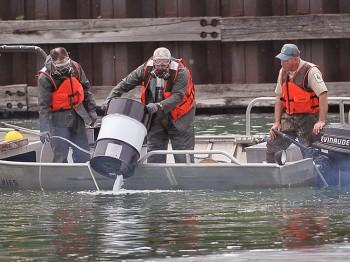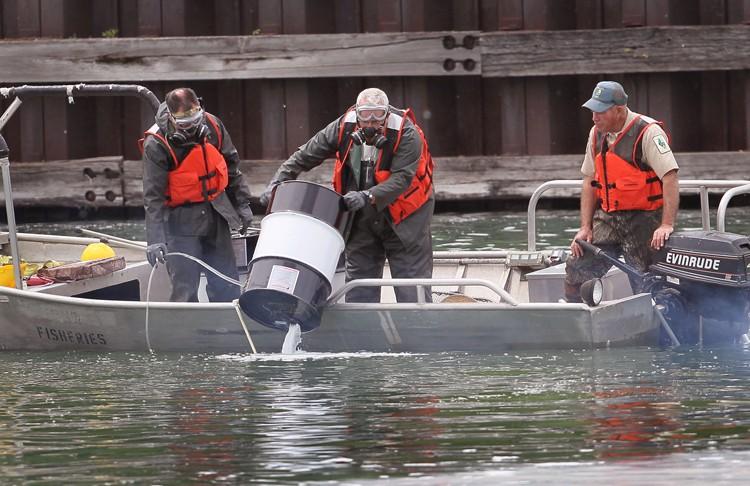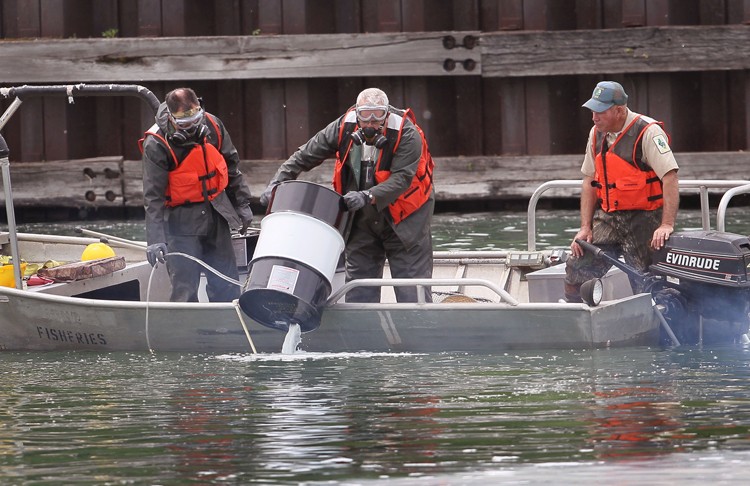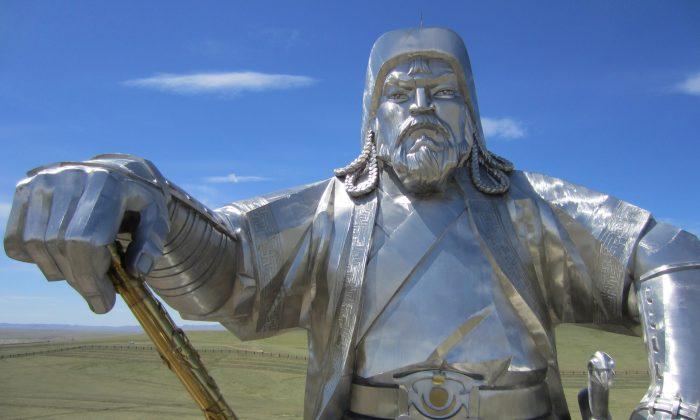The Great Lakes are among the world’s largest supplies of fresh water. An insidious environmental villain, climate change, threatens them.
The National Wildlife Federation, EcoAdapt, and the National Oceanic and Atmospheric Administration (NOAA) are working on “climate smart” strategies to reduce the impact climate change is bringing to the Great Lakes.
The three partners released a planning guide to help future conservation authorities plan and carry out initiatives. Called “Restoring the Great Lakes Coastal Future,” the guide outlines the problems caused by climate change and describes best practices for curbing and counteracting damage.
Climate change has become both a popular topic and a politicized one. Though the causes of climate change are sometimes debated, scientists and conservationists are already seeing rising global temperatures, which may change the way plants, animals, and humans live in the future.
Some of these changes include higher average yearly air and water temperatures, and greater extremes in precipitation one way or the other. The southern United States is experiencing a drought, while the Missouri and Mississippi rivers have flooded this spring.
Accelerating rising sea levels and stronger tropical storms are predicted if global temperatures keep increasing.
Unfortunately, many plants and animals cannot adapt to change as quickly as humans do. Many lives and habitats around the Great Lakes are threatened by the above effects and other factors, such as heavy tourism and mercury pollution. According to NOAA, if a Great Lakes restoration effort is not implemented soon, the weight from all these factors could tip the scales toward irreversibility.
The problems are so broad they may seem nearly impossible to conquer. The partner organizations planned a way to address broad problems, which they called landscape approach restoration.
The guide encourages local, state, and federal agencies to work together. According to the groups, ecosystem restoration should be tackled using a broad-range perspective, seeing the Great Lakes as a whole, rather than as an isolated small chunk of land being retransformed into an image from the past.
The guide incorporates a six-step system to maximize efficiency. The collaborating agencies should identify goals together, rather than doing things piecemeal. They should identify program approaches, for example reducing existing stressors and maintaining biological diversity. They should assess the vulnerability of their target ecosystems and identify the most important projects and most effective options. They should monitor, revise and review, incorporate new science, and continually evaluate the effectiveness of projects.
“Our region has 20 percent of the world’s freshwater reserves and a rich collection of fish and wildlife, all of which could be devastated by the impacts of climate change. This guidance provides us with a powerful tool to plan for the future and protect our resources,” said Melinda Koslow, regional campaign manager for the Great Lakes Regional Center for the National Wildlife Federation in a National Wildlife Federation press release.
These habitats and ecosystems have a great deal of pressure from both man and the changing climate. The partnership organizations hope that this guide will help future restoration projects become more efficient in their work to preserve nature.
Great Lakes Restoration
The Great Lakes are among the world’s largest supplies of fresh water. An insidious environmental villain, climate change, threatens them.

By Paul Darin
6/19/2011
Updated: 10/1/2015





